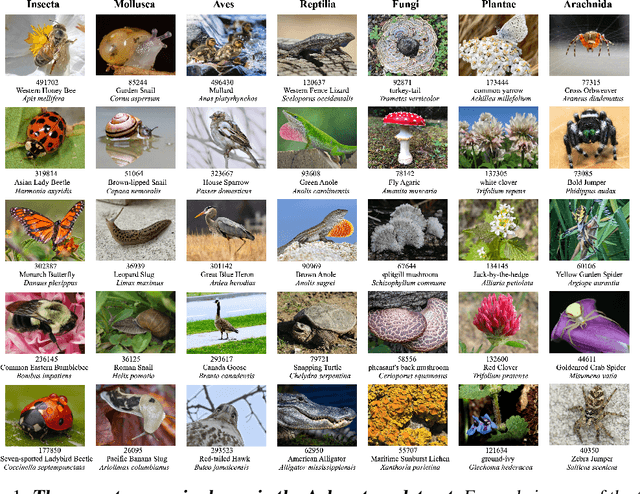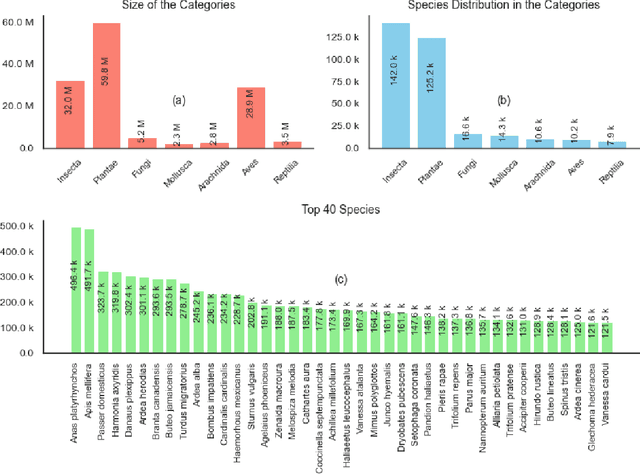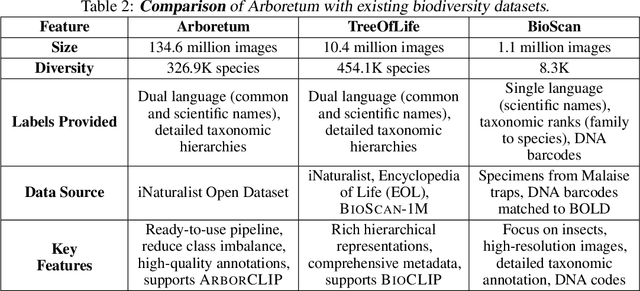Andre Nakkab
Rome was Not Built in a Single Step: Hierarchical Prompting for LLM-based Chip Design
Jul 23, 2024



Abstract:Large Language Models (LLMs) are effective in computer hardware synthesis via hardware description language (HDL) generation. However, LLM-assisted approaches for HDL generation struggle when handling complex tasks. We introduce a suite of hierarchical prompting techniques which facilitate efficient stepwise design methods, and develop a generalizable automation pipeline for the process. To evaluate these techniques, we present a benchmark set of hardware designs which have solutions with or without architectural hierarchy. Using these benchmarks, we compare various open-source and proprietary LLMs, including our own fine-tuned Code Llama-Verilog model. Our hierarchical methods automatically produce successful designs for complex hardware modules that standard flat prompting methods cannot achieve, allowing smaller open-source LLMs to compete with large proprietary models. Hierarchical prompting reduces HDL generation time and yields savings on LLM costs. Our experiments detail which LLMs are capable of which applications, and how to apply hierarchical methods in various modes. We explore case studies of generating complex cores using automatic scripted hierarchical prompts, including the first-ever LLM-designed processor with no human feedback.
Arboretum: A Large Multimodal Dataset Enabling AI for Biodiversity
Jun 25, 2024



Abstract:We introduce Arboretum, the largest publicly accessible dataset designed to advance AI for biodiversity applications. This dataset, curated from the iNaturalist community science platform and vetted by domain experts to ensure accuracy, includes 134.6 million images, surpassing existing datasets in scale by an order of magnitude. The dataset encompasses image-language paired data for a diverse set of species from birds (Aves), spiders/ticks/mites (Arachnida), insects (Insecta), plants (Plantae), fungus/mushrooms (Fungi), snails (Mollusca), and snakes/lizards (Reptilia), making it a valuable resource for multimodal vision-language AI models for biodiversity assessment and agriculture research. Each image is annotated with scientific names, taxonomic details, and common names, enhancing the robustness of AI model training. We showcase the value of Arboretum by releasing a suite of CLIP models trained using a subset of 40 million captioned images. We introduce several new benchmarks for rigorous assessment, report accuracy for zero-shot learning, and evaluations across life stages, rare species, confounding species, and various levels of the taxonomic hierarchy. We anticipate that Arboretum will spur the development of AI models that can enable a variety of digital tools ranging from pest control strategies, crop monitoring, and worldwide biodiversity assessment and environmental conservation. These advancements are critical for ensuring food security, preserving ecosystems, and mitigating the impacts of climate change. Arboretum is publicly available, easily accessible, and ready for immediate use. Please see the \href{https://baskargroup.github.io/Arboretum/}{project website} for links to our data, models, and code.
LiT Tuned Models for Efficient Species Detection
Feb 12, 2023Abstract:Recent advances in training vision-language models have demonstrated unprecedented robustness and transfer learning effectiveness; however, standard computer vision datasets are image-only, and therefore not well adapted to such training methods. Our paper introduces a simple methodology for adapting any fine-grained image classification dataset for distributed vision-language pretraining. We implement this methodology on the challenging iNaturalist-2021 dataset, comprised of approximately 2.7 million images of macro-organisms across 10,000 classes, and achieve a new state-of-the art model in terms of zero-shot classification accuracy. Somewhat surprisingly, our model (trained using a new method called locked-image text tuning) uses a pre-trained, frozen vision representation, proving that language alignment alone can attain strong transfer learning performance, even on fractious, long-tailed datasets. Our approach opens the door for utilizing high quality vision-language pretrained models in agriculturally relevant applications involving species detection.
 Add to Chrome
Add to Chrome Add to Firefox
Add to Firefox Add to Edge
Add to Edge